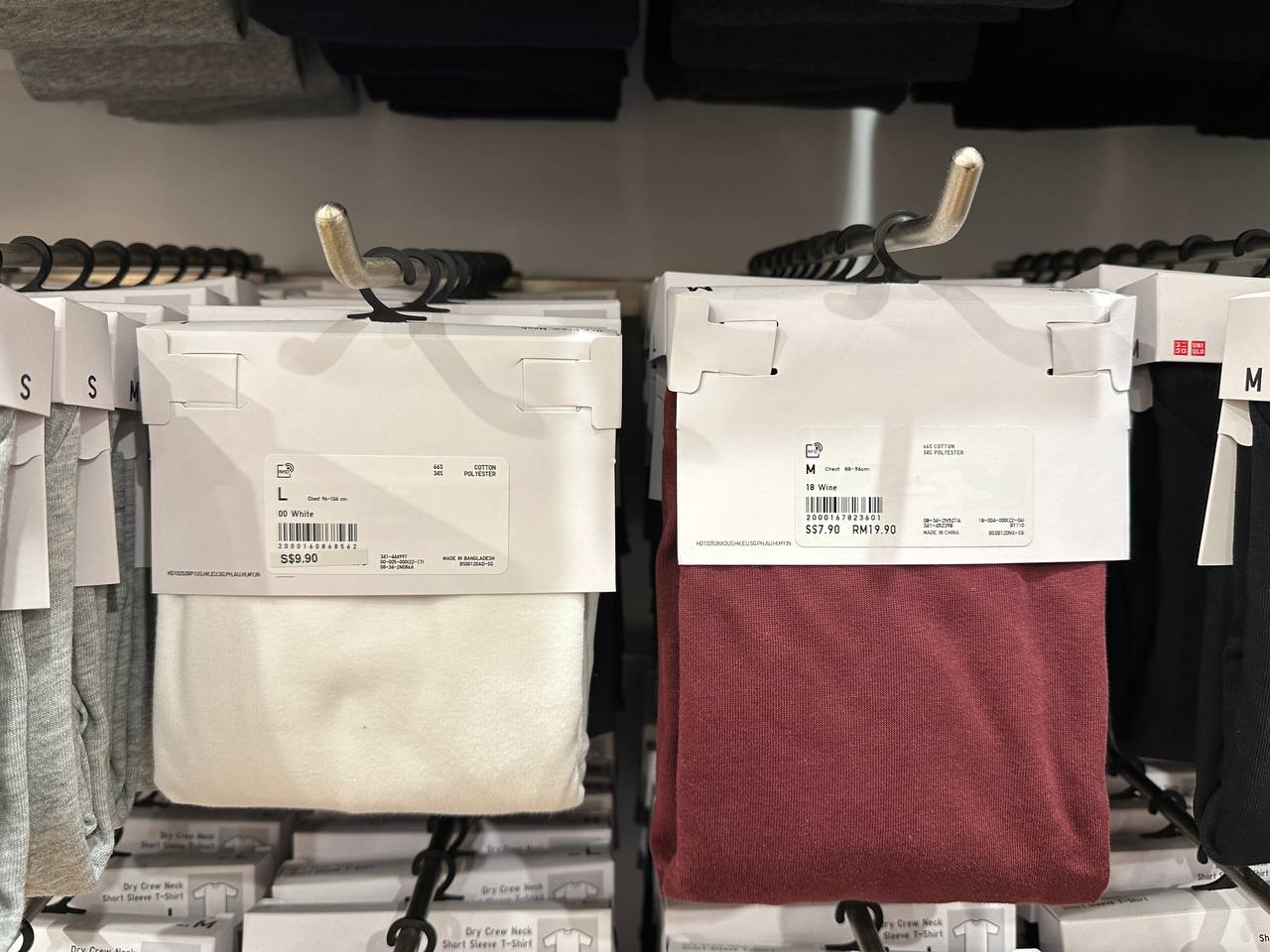Top image: Zat Astha for RICE Media. All other images by Stephanie Lee, unless otherwise stated.
All names have been changed.
“It’s now $9.90, you know? That Uniqlo t-shirt used to be $7.90,” Irfan tells me, incredulous.
There’s a familiar lilt to his voice, bemoaning the audacity. The whining hovers on the cusp of outrage and petulance. It is the sound of a Singaporean decrying a universal injustice—rising costs due to inflation.
ADVERTISEMENT
Behold, the song of my people.
Irfan, a 38-year-old writer, continues to whine speak to me over the phone. “I used to buy those shirts a lot. It’s basic. If I stain it during meals, it’s no big deal—there’s a Uniqlo everywhere, after all. Now I will buy it only when I go to JB for my haircut. There, the tees cost S$6 after conversion.”
Irfan, like all Singaporeans, is feeling the pinch of inflation, which reached a 14-year high of 7.1 percent in August of 2022.
For Irfan, it is not about being more careful when eating laksa. His finances are now yet another straw that threatens to break the proverbial camel’s back.

Inflation Hits Home
From mortgage interest rates to cai fan to Uniqlo t-shirts, the rising costs of living in Singapore spurs intense conversations. Stories of $3.50 plates of rice-curry-tau gay make many shake their heads at the rising food costs for those in the lower income bracket.
That’s why for middle-income earners like Irfan, admitting that he too feels the pinch seems almost… ungrateful. After all, how can one complain about the cost of a t-shirt when others can’t even put food on the table?
For Sharon, a 38-year-old single mother of two teenage girls, the thought of food on the table is one of the many priorities she juggles. Sharon is a trained educator, currently teaching in the private sector.
We sit down for an interview in a Coffeesmith outlet where, over her cup of sweet potato latte, she shares the struggles her family faces. “I used to be able to save,” she says. “But at this point, without my second tuition job, I wouldn’t be able to make ends meet.”
Derrick, a field service engineer in the semiconductor industry, recounts a first-world problem. “The kampung eggs I buy are so expensive now at $9. But I still buy them because I believe they’re healthy and good for my family.”
We keep our voices down in his HDB flat—the 32-year-old father’s toddler is sleeping soundly. In another room, his wife works at her computer late into the night. She works for a start-up but her salary is currently on hold—a stark reminder of the uncertain economy we’re in today. For now, Derrick is the only breadwinner of the family.

Redefining Necessity
Derrick, Sharon, and Irfan are somewhat typical of the middle-income bracket in Singapore. They are all paid around the median income of $5,070 for middle-income families and live in public housing. Derrick stays in a five-room HDB flat, while Irfan and Sharon make homes in three-room apartments.
ADVERTISEMENT
And while their family situations and dependents differ, their frustrations mirror each other almost uncannily. As sole breadwinners for dependents, Sharon and Derrick share the pressure of keeping themselves hale and hearty to take care of their family.
That’s why, despite the rising costs, going to the gym is essential to Sharon’s life—she hesitates to give up on her BFT membership.
Keeping active is vital for her. Gym sessions relieve the stress from work and managing a family on her own. “I have to stay alive and healthy for my kids. I’m the only one they’ve got.”
For Derrick, giving up the surety of health and safety is now unavoidable. Previously, regular Grab rides to work and back during post-Circuit Breaker days were justified.
“It was a necessary precaution to stay safe so that I don’t catch the virus,” he recalls. “But the price never recovered. Today, with inflation already underway, I take the bus and give up comfort and privacy for greater anxiety.”
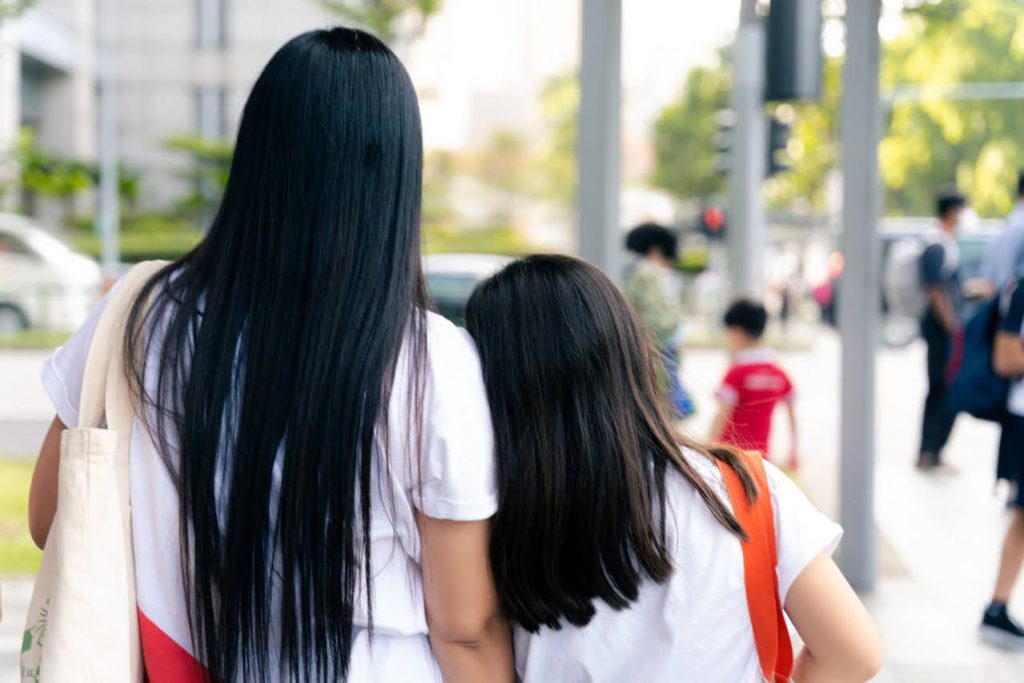
Deciding What to Forego
Still, deciding what to give up means more than surrendering a sense of security for their health. Saving up for the future becomes another expense to be re-examined.
According to a recent Seedly-Milieu survey, eight in 10 Singaporeans find themselves affected by inflation. Some key impacted areas are necessities, retirement plans, and investments.
One strategy adopted by all three interviewees to stretch the dollar was to shift their thinking to understanding that price was not the same as quality.
Irfan, for instance, realised that cheap makeup from Shopee works just as well as international brands from Sephora. But when he has to spend, he ensures his spending goes the extra mile.
“My most expensive purchase in 2022 was a wet-dry vacuum cleaner I got from Shoppee for a whopping $320,” Irfan tells me, a Marie Kondo spark of joy evident in his voice. “Now, my Saturdays are freer to do other things like rest since the vacuum cleans my floor so fast and efficiently. For me, this is what I consider value for money.”
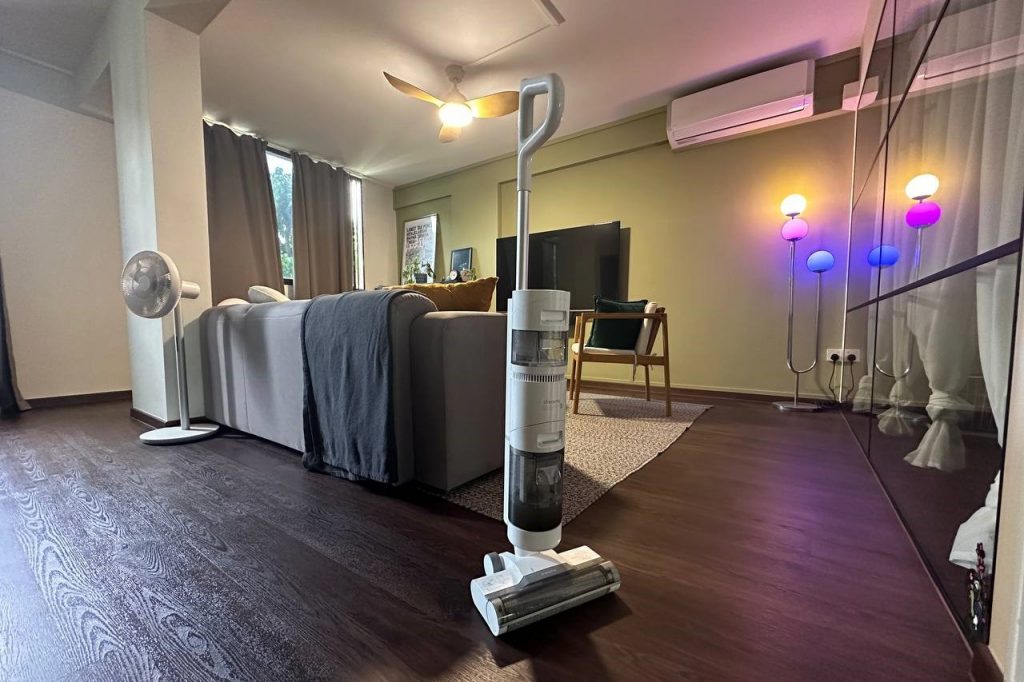
Irfan even goes the extra mile to apply for credit cards to enjoy sign-up gifts and perks. After making payments to the card to meet the minimum expenditure, he cancels them before the yearly fee is due.
“I got an ErgoTune office chair, an Apple watch, and an Airpod, you know,” he proudly declares. I feel a tinge of envy at the comfort of his office chair and the creativity of his saving strategies.
Sharon, on the other hand, has given up on saving altogether. Her funds meet her needs from paycheque to paycheque. Raising a family, working two jobs, and maintaining a household leave her with little energy to pursue creative saving strategies like Irfan.
Meanwhile, Derrick continues to make compromises on his ideal purchases in the hopes of saving. “I wanted a Sonos soundbar,” he sighs, glancing at his television set. “But I settled for a Samsung instead. I’ve also given up on getting an Aftershock computer; it’s too expensive.”
While the lack of an Aftershock computer might seem meaninglessly lamentable, it’s one of the many ways Singaporean middle-income households balance lifestyle, image, and necessity.
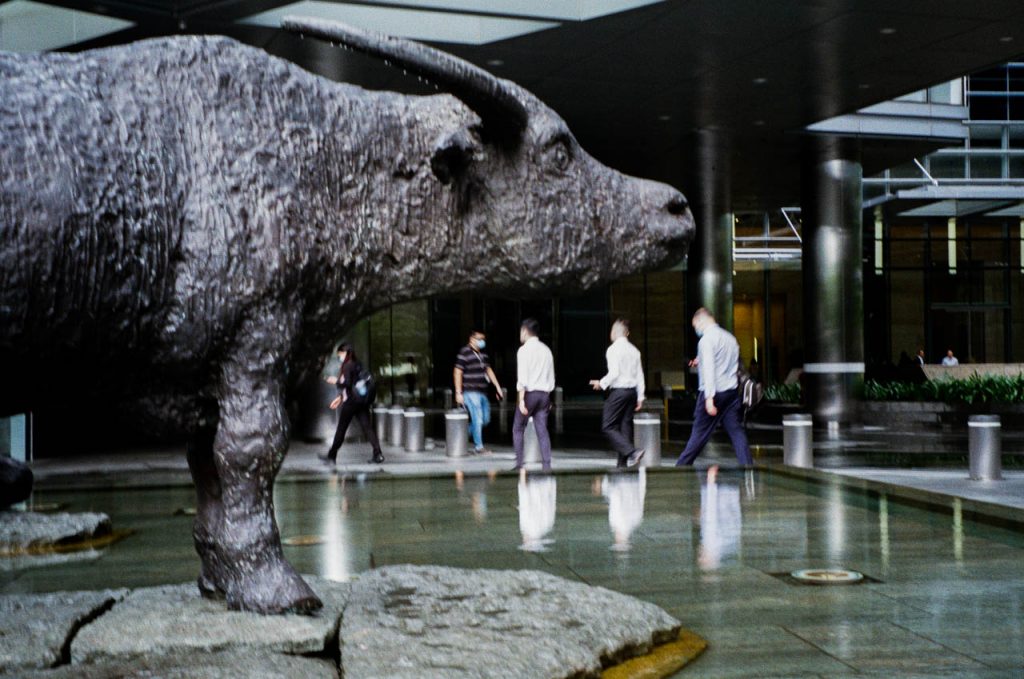
Different Pain Points
Although inflation is a topic that endears itself well to Singaporeans from all income strata, for Derrick and Irfan, sharing about their financial woes and lifestyle changes so openly feels rather tactless.
Derrick tells me he is selective with who he shares about his pain points. He might complain about rising Grab prices should the conversation come up at work. But he would not dare do so to friends he knows are struggling worse than him.
I get where he’s coming from. Commiserating about the effect of inflation on the prices of washing machines and furniture between homeowners makes sense since both they’re common issues. Doing the same with someone struggling to make rent is just cruel.
It’s not the case for Sharon, for whom openness was a salve to help her cope. She shares how she would often sit with her friends in her living room, sharing her budgeting problems and getting tips on making her dollar stretch even further.
“They know mummy has no money.”
As open and unashamed as she may be of her financial struggles, she is conscious of the presence of her children in the room.
“They know mummy has no money,” she says. “But I don’t want them to know how bad it is. My daughter is 14, but she is already talking about wanting to work to help make ends meet. I want them to focus on their studies instead.”
Sharon’s willingness to share her financial woes with friends is the opposite of Irfan, who keeps mum about his struggles. He does not speak of his struggles to his friends (or anyone, for that matter), preferring to keep it to himself to maintain a good impression.
When asked why, he bluntly says, “I’m embarrassed.”
Having worked hard to attain a particular lifestyle, Irfan has grown accustomed to the idea that he can afford to buy $14 dishwashing liquid from Australian zero-waste retailer Scoop if he wanted to.
“I only bought one bottle,” he adds quickly. “But the point is, I got to say that I bought it.”
Nowadays, a bottle of the cheapest supermarket house brand suffices for Irfan. “It is hard to let go of a lifestyle you worked hard to obtain. I don’t tell anyone about this because I don’t want to be the person who is pitied. But I still make changes.”
Derrick’s sentiment is far more pragmatic. “I’m not ashamed to share if it comes up,” he says. “People just need to get over themselves and get used to it.”

Making Ends Meet
However openly they may discuss their struggles, choices must still be made at the end of the day. All three individuals struggle with maintaining a sustainable lifestyle among rampant rising costs.
Irfan has been a homeowner for a little over a year. And while it makes him eligible for U-Save rebates (“I think in the past year, I’ve only ever had to pay my utility bill twice thanks to the generous government rebates”), he is already considering selling his property once it reaches MOP.
“I’m considering moving to Johor,” Irfan laments. When I ask why, he cites the burden of having to make monthly payments for the flat if he goes out of the job. It’s the worst-case scenario for him—but a scenario he has to entertain seriously given the economic uncertainty.
Sharon hopes for more assistance but finds herself frustratingly in between income brackets, limiting her eligibility for government assistance initiatives. While she capitalises on U-Save vouchers, she still struggles with other household payments.
This year, she only managed to secure school-based financial assistance for one of her daughters. Sharon is ineligible for the Ministry of Education’s Financial Assistance Scheme because her household’s income per capita is too high.
“I have to figure out how to pay for all their books and uniforms out-of-pocket,” she tells me, shaking her head. “And I also have to pay all the bills by myself to maintain my house.”
Derrick also enjoys U-Save vouchers and rebates, but he shares his frustrations with the government’s policies of using a person’s property as a measure of eligibility.
“Those who are retrenched and let go stay home more and use more electricity. And even though they need more help, they get the same U-Save benefits as those who work all day and use less.”
Painting with broad strokes leaves many households frustrated with government support. Seedly-Milieu’s survey indicated that only 31 percent of Singaporeans are “very” or “somewhat” satisfied with the government’s efforts. 24 percent are dissatisfied, and 46 percent are neutral.

It’s Going to Get Worse Before it Gets Better
On the back of inflation, an impending recession, and a GST increase, the government announced plans last October for a $1.5 billion support package for lower to middle-income households. However, according to the press release by the Ministry of Finance, only half of the increase in the cost of living will be mitigated for middle-income families.
The increased cost of living stretches Sharon’s finances. “I did get an increment at work, but the increment does not meet the rate of inflation,” she says, frustration laden in her voice. With little money to set aside for the future, she wonders how she will pay for her children’s higher education. All she can hope for right now: scholarships and government aid.
Irfan has resigned himself to giving up the comfortable budget he has had before. “I withdraw exactly the amount I need for the day and only spend that,” he shares. While his efforts allow him to save up to 80 percent of his salary, he still fears this will not be sustainable.
“I’m back to my austere budgeting.”
Still, Irfan and Sharon share one thing that Derrick does not—the experience of a recession. “This will be my first recession,” Derrick intones somberly. “It is going to get worse before it gets better. I wonder how my generation will handle this. I feel a lot will suffer—not many see the urgency to save.”
Devadas Krishnadas, the CEO and Lead Financial Advisor of Future-Moves, acknowledges the struggles the three face. He notes that persisting elevated inflation has a rippling impact on the standard of living. “Inflation makes it more challenging to build up their retirement financing as they will have reduced discretionary savings.”
However, he advises that there are ways to minimise inflation’s effect on purchasing power for middle-income Singaporeans like Derrick, Sharon, and Irfan.
“First, they can upgrade their skills to increase their incomes or, if they have bargaining power, negotiate with employers to raise their wages to match inflation.”
“Second, they can cut back consumption and allocate more of their wages to savings in the form of fixed deposits to try to minimise the erosion of purchasing power.”
“Third, they can put their capital to work via investments, but this comes with risks.”
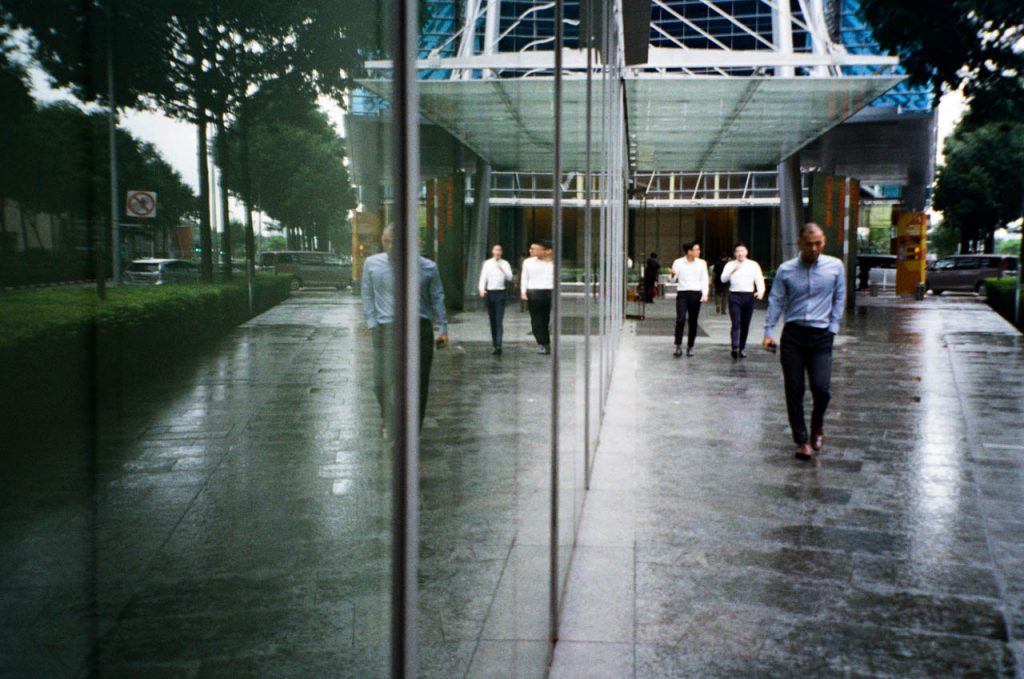
A Recession and An Uncertain Future
At present, Derrick’s future outlook is bleak. His son is in kindergarten, and his wife has health issues to manage. There are some expenses he cannot do without, so he has to compromise where he can, bracing for what he sees as a coming recession and increasing uncertainty.
He recognises how vulnerable his job in the semiconductor field is, especially in the face of a global chip shortage. To avoid redundancy, he makes himself as useful to the company as he can. Wherever and to whomever the company assigns him, he puts in his utmost effort to perform well at work.
Still, Derrick worries about his friends’ spending behaviour in the current economy. “Not many of them see the urgency. I wonder how they’re going to survive the upcoming recession. A lot of people are going to suffer.”
In response to Derrick’s fears, Devadas notes that inflation is not indicative of a recession. However, the mere expectation of a downturn is enough for companies to react. In anticipation of weaker business performance, firms hold back hiring and preemptively retrench employees.
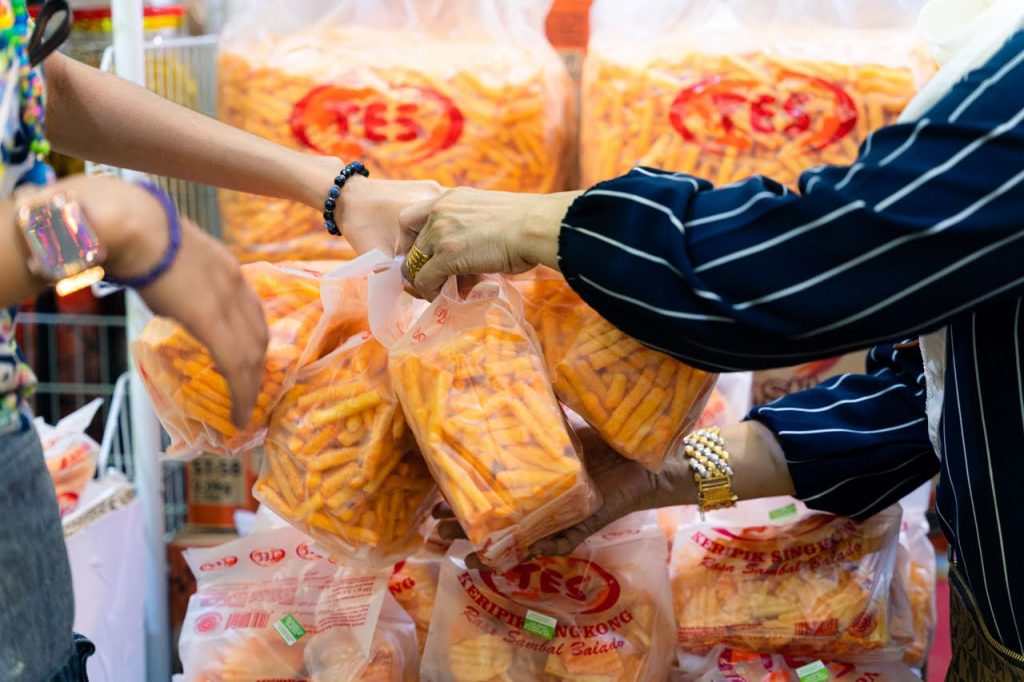
This is especially so in sectors affected by the pandemic, like Derrick’s.
Meanwhile, Irfan and Sharon feel the effect of a labour market where wages stagnate, and the future seems less certain.
“I’m worried about my job, even if I don’t think I will be fired,” Irfan says. It has affected how he spends his hard-earned money, even when there’s little to no impact on his savings.
“I want to book a trip to KL for the holidays, but I keep hesitating because of this fear. You don’t know what will happen.”
Sharon, too, wonders how she can balance her career progress and sustainable remuneration with caring for her daughters. She hesitates to push for a wage renegotiation, not knowing how she can justify her request in these difficult times.
For all three middle-income earners, the feeling of being trapped pervades their conversations with me. Though their circumstances wildly defer, they share common fears and hard choices, facing a growing uncertain and bleak future.
Even if they may not lend a voice to their struggles too loudly, Singaporean pragmatism and resilience shine forth. Whether for themselves, their families, or their futures, they will do what is necessary to ensure the continuity of normalcy. Even if that means crossing the causeway for Uniqlo t-shirts.

